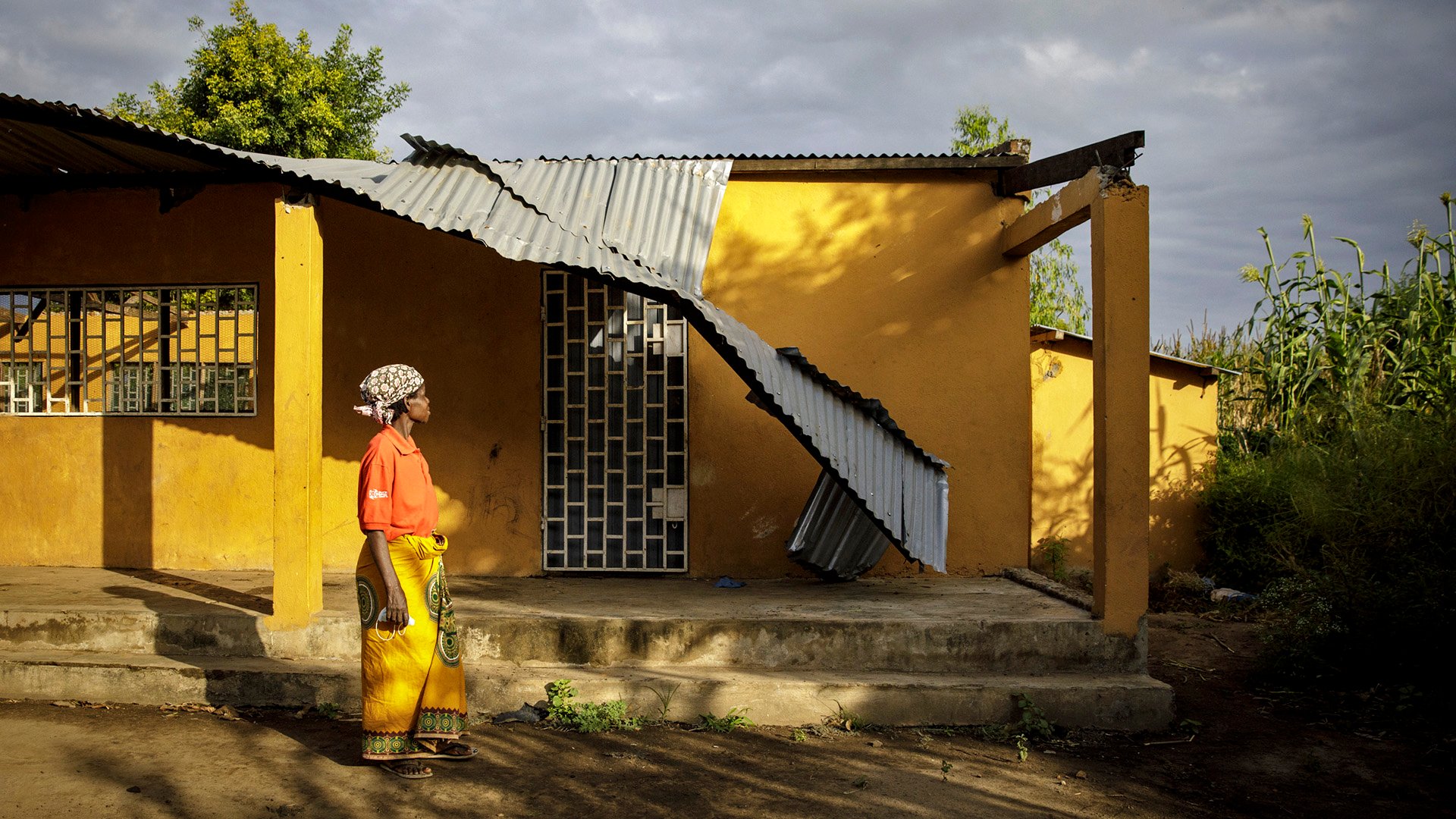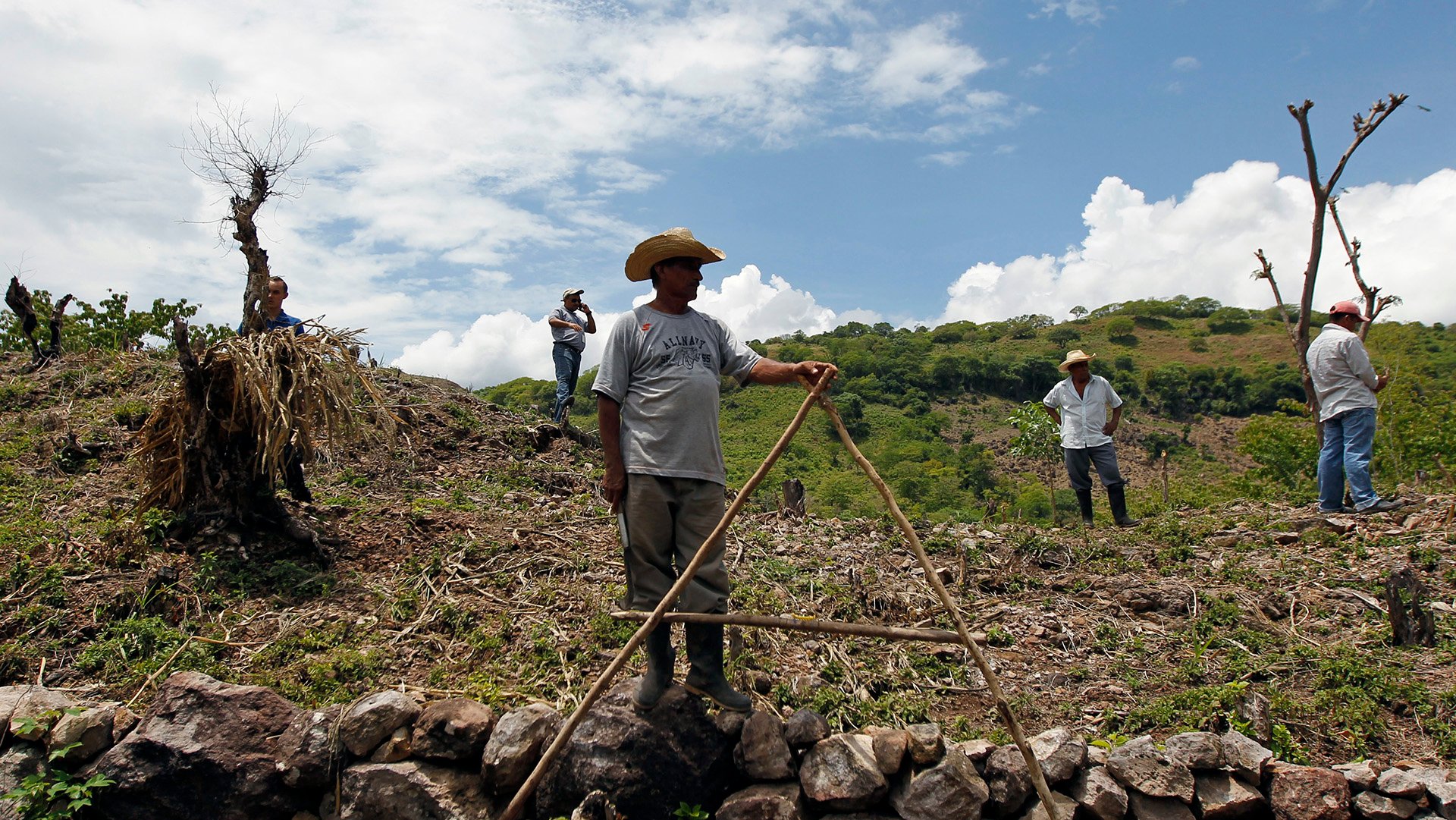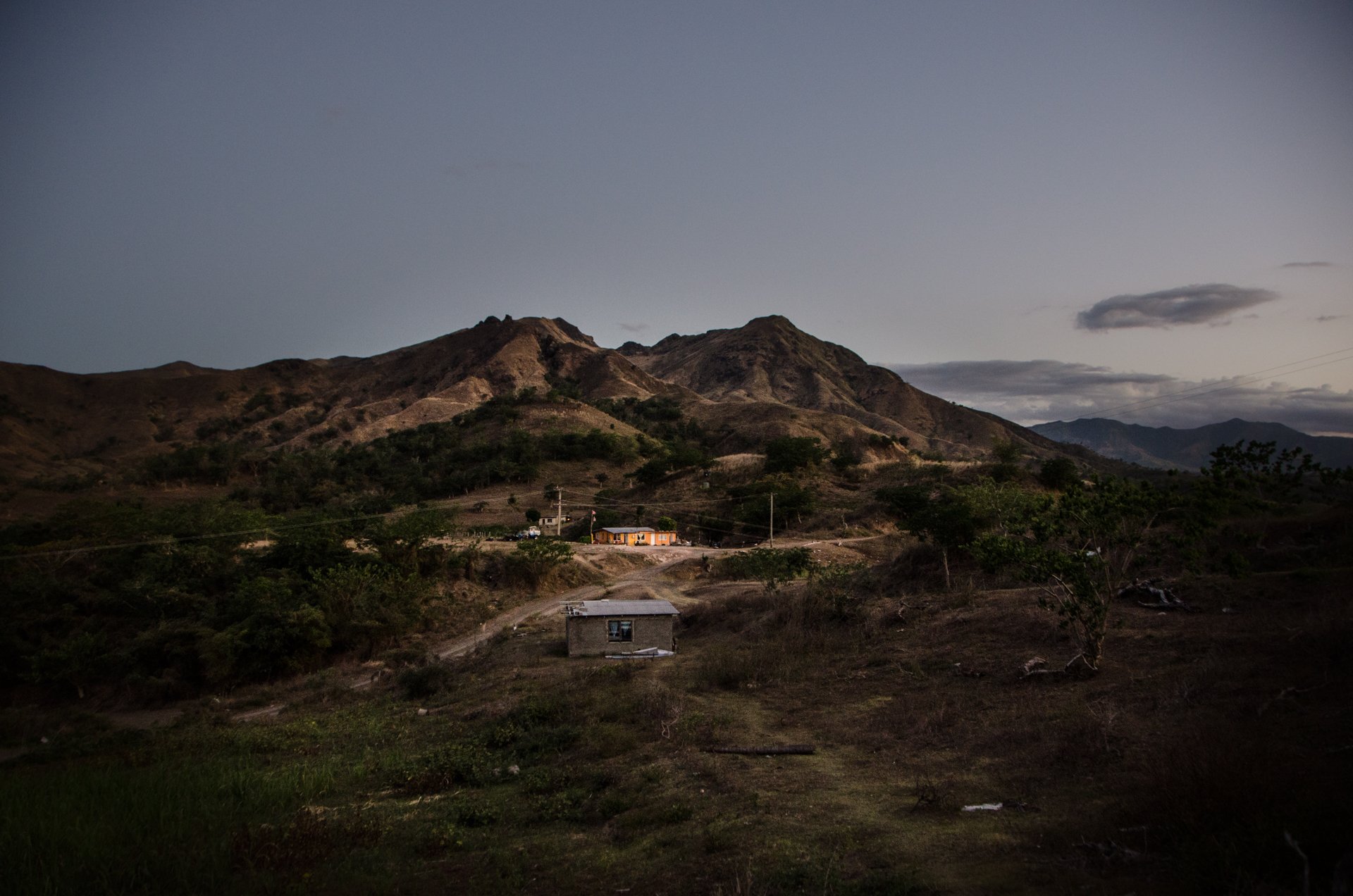As the world eagerly watches the UN’s COP26 climate conference in Glasgow to find out how much headway leaders can make on emissions cuts, the human consequences of past inaction are already plain to see in many countries around the globe.
From back-to-back droughts driving extreme hunger and famine conditions in Madagascar to successive storms battering Mozambique and Central America, the climate crisis poses a new reckoning for an aid sector already stretched by a growing gap between funding and needs.
In many settings, you might not be able to pin the humanitarian crisis just on climate change, but it is clearly one of the main compounding and exacerbating factors: driving conflict, increasing fragility, and worsening hunger.
In a recent report, the World Meteorological Organization (WMO) said climate change and increasingly extreme weather events had led to a five-fold increase in natural disasters over the past 50 years. And the least responsible for the climate crisis were often among the hardest hit.
While much of the focus in Glasgow is on emissions cuts, and on trying to inch closer towards the target of limiting global heating to 1.5 degrees Celsius above pre-industrial levels, many on the front lines say not enough attention is being paid to helping poorer nations to adapt now.
According to the UN Environment Programme, adaptation and handling damage could cost developing countries between $140 billion and $300 billion per year by 2030, dwarfing an initial $100 billion climate finance target that richer nations have already put off until 2023.
Here’s a round-up of our recent reporting: from the good and the bad of adaptation efforts in Mozambique to the women leading Fiji’s disaster response; from an interactive look at a string of disasters in Bangladesh to fledgling legal efforts in Vanuatu to hold the big emitters to account:

Four ways Mozambique is adapting to the climate crisis
Despite contributing few pollutants, the country is among Africa’s most vulnerable to extreme weather.

Humanitarians look for COP26 to deliver on existing climate crisis needs
While much of the focus in Glasgow is on pledges for 2030 or 2050, the aid sector is crying out for help to respond to emergencies right now.

What’s the aid sector’s carbon footprint?
When it comes to the climate crisis, the key humanitarian principle of “do no harm” is not as simple as it sounds.

It’s time to pivot from war aid to climate aid
COP26 should be the moment humanitarians decide to take a different approach to make the sector relevant and ready for the future.

Then and Now: 25 years of disasters, responses, and risk management
Disasters are often predictable. So why are we so bad at preparing for them?

Immobility: The neglected flipside of the climate displacement crisis
Climate displacement is mostly viewed through the lens of migration. But what about those left behind – many of them women and the elderly?

Bangladesh’s hidden climate costs
‘We are not able to build our houses again.’

Pushing back against the tide: Vanuatu's climate fight
Vanuatu drafts a blueprint for how battered countries might bypass climate inaction, and recoup soaring disaster costs in a warming world.

In storm-hit Honduras, a climate crisis drives needs and fuels migration
Two hurricanes in two weeks is devastating, but decades of drought and corrupt land use is the longer-term problem for many Hondurans.

Fiji’s unheralded frontline disaster responders: Women
In hazard-prone Pacific Island nations, women do much of the work to guard against disasters but still have to fight to be heard.





